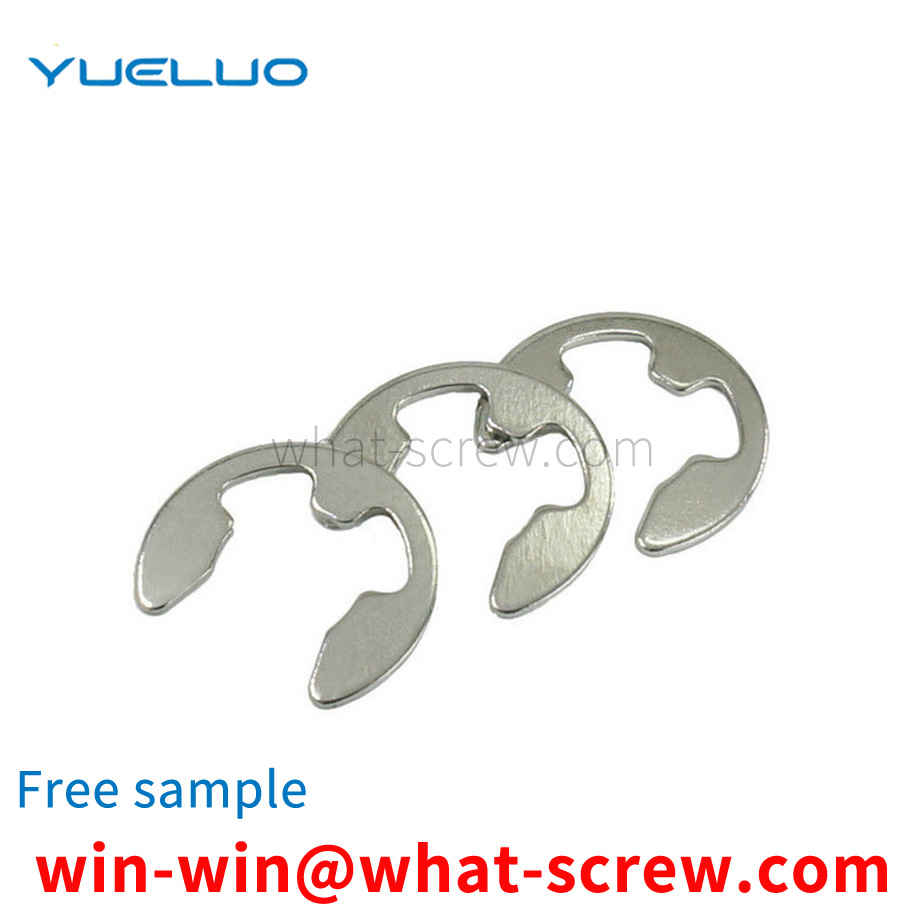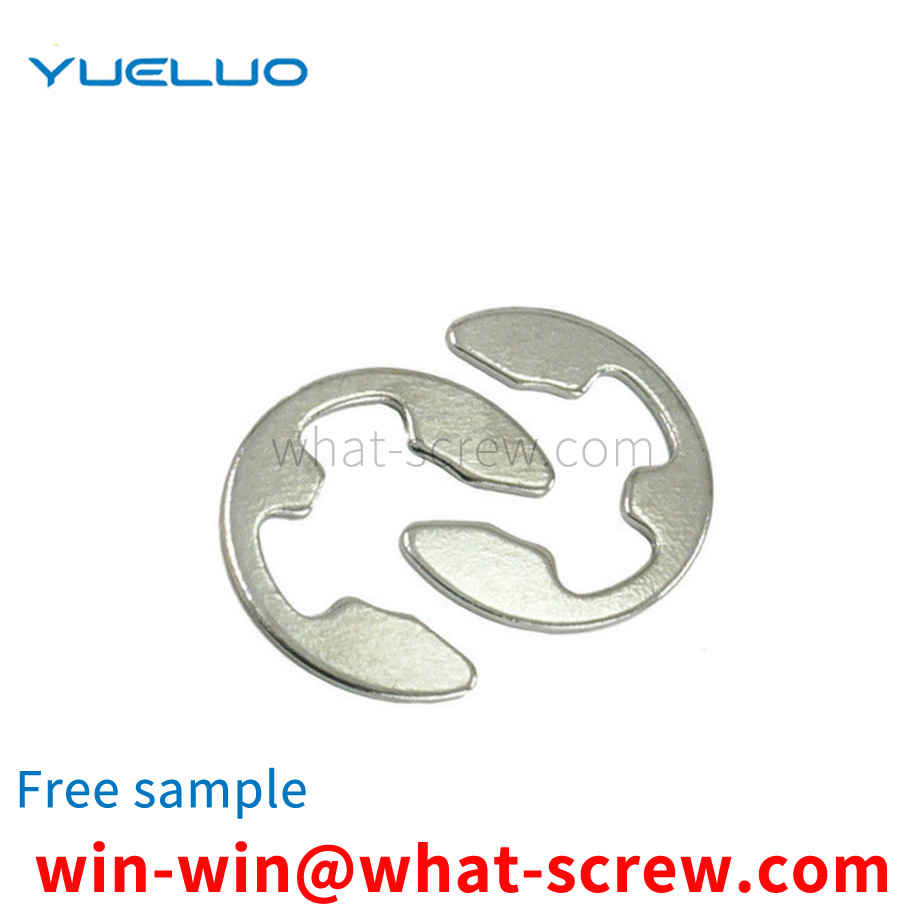In the prior art, the earliest rivets were small pegs made of wood or bone, and the earliest metal deformations were probably the ancestors of the rivets we know today. Without a doubt, they are the oldest known method of metal joining, dating back as far as the earliest use of malleable metals, for example: the Bronze Age Egyptians used rivets to attach six wooden sectors to the outer lines of a slotted wheel Riveted and fastened together. After the Greeks successfully cast large statues in bronze, they then used rivets to rive the parts together. With the progress of the times, there are more and more types of rivets, but traditional rivets have connection strength. Insufficient problem, so a new rivet is needed to solve the above problem.
Before the special vehicle is refitted, the chassis and the car frame should be reinforced again, and the fastened part of the rivets should be disassembled before the car frame is reinforced.
Bolts refer specifically to screws with larger diameters and may also have no heads, such as Portlandstud bolts. In general, it is not called a stud bolt but a stud stud. The most common form of stud is threaded at both ends and a polished rod in the middle. The most typical use: anchor bolts, or places similar to anchor bolts, thicker connections, when ordinary bolts cannot be used.
In order to solve the problem of nut loosening, various self-locking nuts have appeared, which have complex structure, high production cost, inconvenient installation and unsatisfactory anti-loosening effect. At present, the never-loosening nuts produced in Japan are mostly used, mainly in the form of double nuts. Each nut is provided with an eccentric cam protrusion, and each nut is provided with a groove and an inclined plane to squeeze the cam protrusion of each nut. When pressing, the cam protrusion of the nut will move to a small radius along the slope of the nut, so that the nut will not loosen, but whether it is a nut or a nut, it is always under the action of eccentric force. In addition, various non-loose nuts designed by many manufacturers are to increase the friction between the nut and the fastening workpiece or increase the barb to achieve the purpose of never loosening, but the effect is not ideal.
It can be seen that the above processing method can only be used to process a relatively simple retaining ring (that is, only a ring body, which cannot be cut or punched), and the outer surface of the processed retaining ring still cannot be guaranteed to be completely flat.
We have many years of experience in the production and sales of screws, nuts, flat washers, etc. The main products are: cylindrical socket head Portlandcap screws, hexagon head cross combination bolts, flange anti-slip patterned bolts with pads, nylon locking anti-slip nuts and other products, we can provide You have the right fastener solution for you.



















 Service Hotline
Service Hotline




